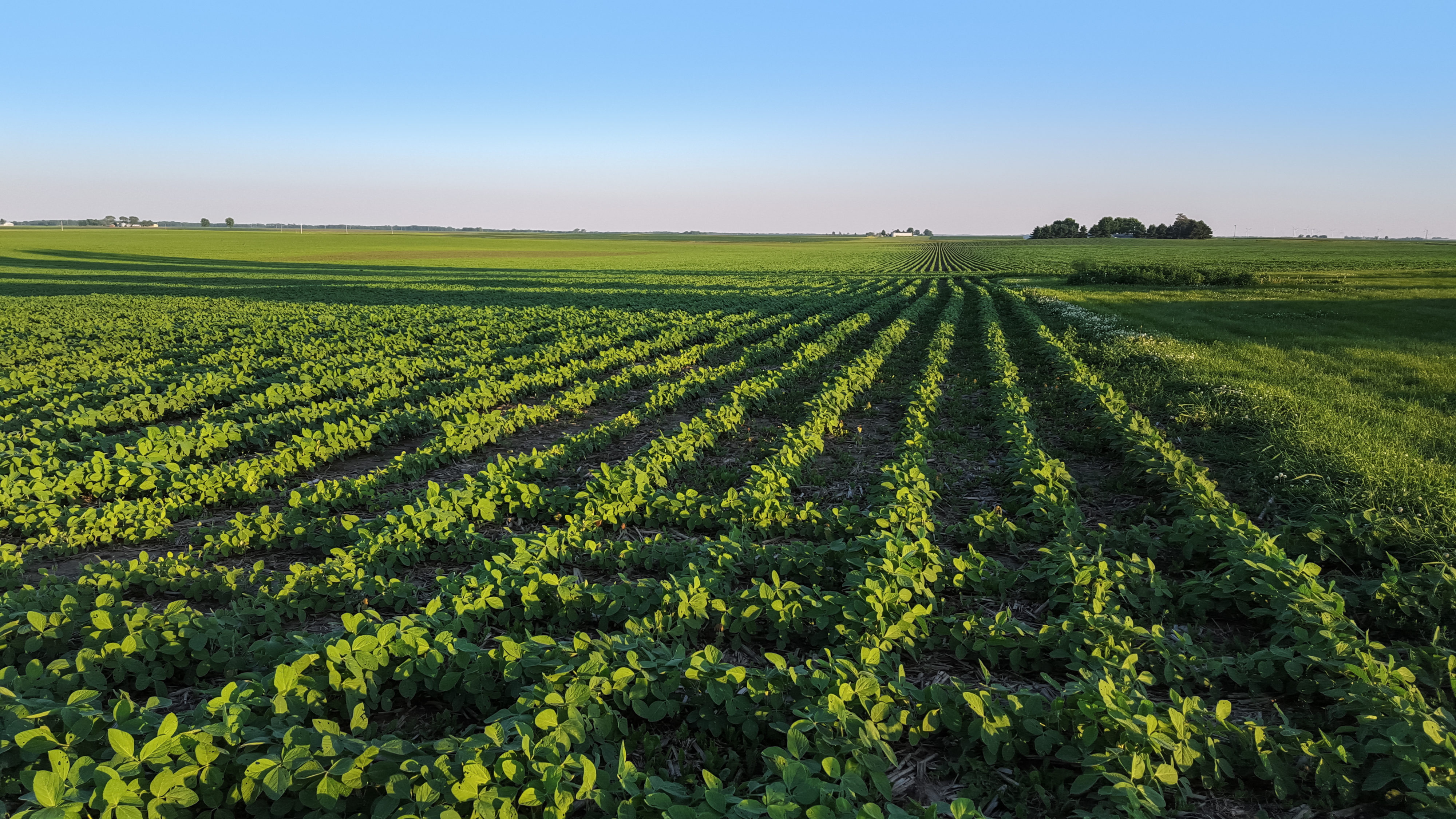
The pressure is on as U.S. Soy farmers look to plant a big 2023 crop as stocks tighten.
As global demand for soybeans strengthens, U.S. farmers are forecast to plant 87.5 million acres, according to the U.S. Department of Agriculture’s (USDA) March 31 Prospective Plantings Report. The question “What does this number mean for new crop supplies?” is yet to be seen.
“The dedication and resiliency of U.S. Soy farmers will deliver what the world needs to supply customers,” said Jim Sutter, U.S. Soybean Export Council Chief Executive Officer. “We are committed to meeting the needs of customers in terms of output but want to continue to innovate to ensure U.S. Soy remains the most reliable, high-quality, sustainable soy.”
The 87.5-million-acre forecast is up just slightly from last year. USDA reports that in 15 of 29 soybean growing states, planted acreage intentions are up or unchanged. And if realized, the planted area in Illinois, Nebraska, New York, Ohio and Wisconsin would be the largest on record.
The need for a large soybean crop was emphasized by higher-than-expected usage. Ankush Bhandari, Vice President of Economic Research for Viterra, U.S. & Mexico, shared the average guess among traders pegged soybean stocks at 1.74 billion bushels; whereas USDA reported 1.68 billion bushels.
Bhandari noted that supplies for the old crop (2022) remain very tight; however, he pointed to potential tailwinds this summer on crush and margins if the U.S. started exporting additional meal.
“The renewable diesel situation is here and will continue to change the landscape not only for corn and soybean area but production and flows going forward,” he said. “This is something everybody needs to watch not just for the next three months but for the next five years as these plants (crush and renewable diesel) come online.”
Watch the U.S. Soy Prospective Plantings Report webinar as Bhandari dives into the data for corn, soybeans, and wheat and what to watch for during the next 60-90 days as planters make their way across the fields.
This story was partially funded by U.S. Soy farmers, their checkoff and the soy value chain.
